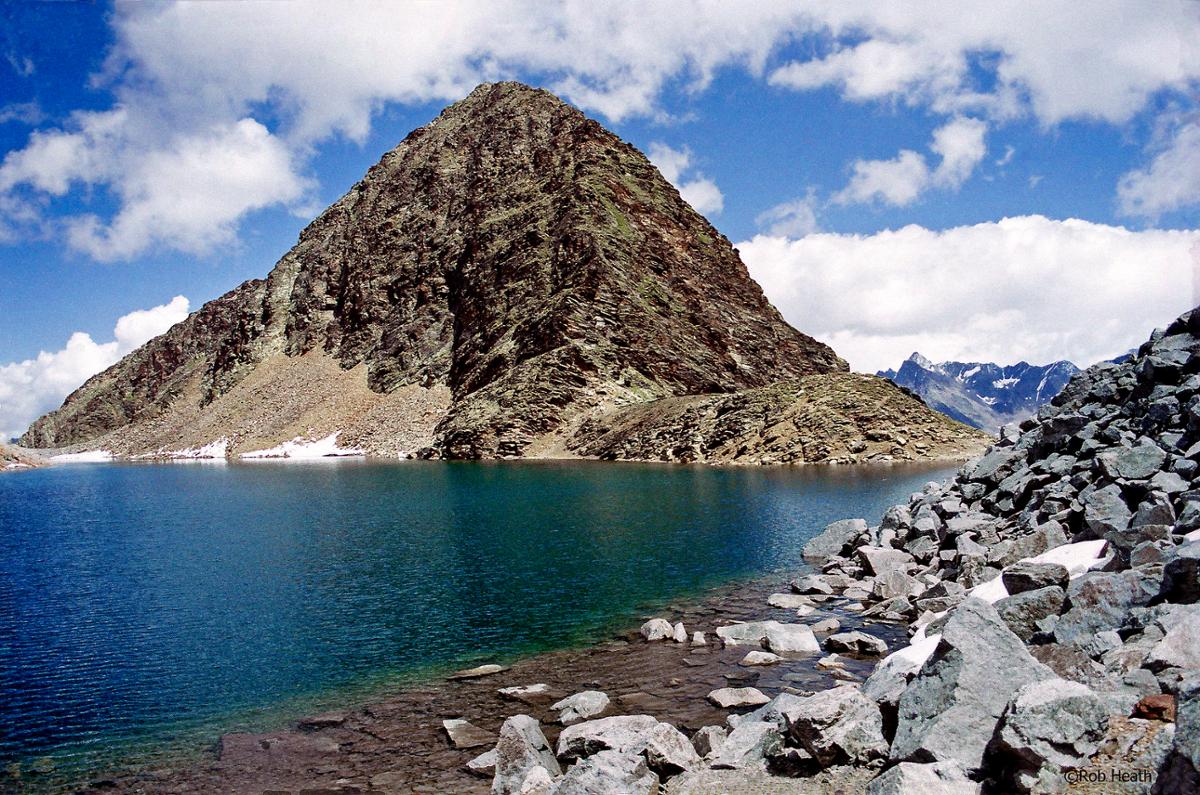Have you ever stood on the shore of an icy‑cold mountain lake and marveled at its dazzling shade of blue? If so, you're in luck, because this A Moment of Science is all about the role that glaciers play in giving those chilly lakes such incredible turquoise colors.
Here's the scoop: glaciers work kind of like gigantic sheets of sandpaper. You know how, when you rub the coarse side of sandpaper over a wooden surface, you create a lot of fine sawdust? Well, glaciers do pretty much the same thing, except they work on mountain rock rather than wood.
Glacial ice constantly moves very slowly downhill. While it moves, bits of rock and gravel get stuck between the ice and the mountain, forming a coarse surface similar to the sand on sandpaper. The rocks grind together, creating the glacier‑equivalent of sawdust. Geologists call this dust "rock flour," and as glaciers melt during spring and summer, they transport it down into mountain lakes.
Here's where things get colorful. The rock flour is so fine that it doesn't sink to the bottom of the lake. Instead, it remains suspended throughout the water. When sunlight hits, the water absorbs the long‑wave colors of the spectrum: the reds, oranges, and yellows.
At the same time, the rock flour absorbs some of the shortest light waves—the purples and indigos—then scatters the remaining light back to our eyes. Thanks to these processes, the reflected light is mostly green, with a dash of blue. And voilà—turquoise water!
The next time you come across one of these dazzling lakes, be sure to thank a glacier. Without its work sanding down the mountain to create geological "sawdust," we wouldn't see such brilliant colors.










